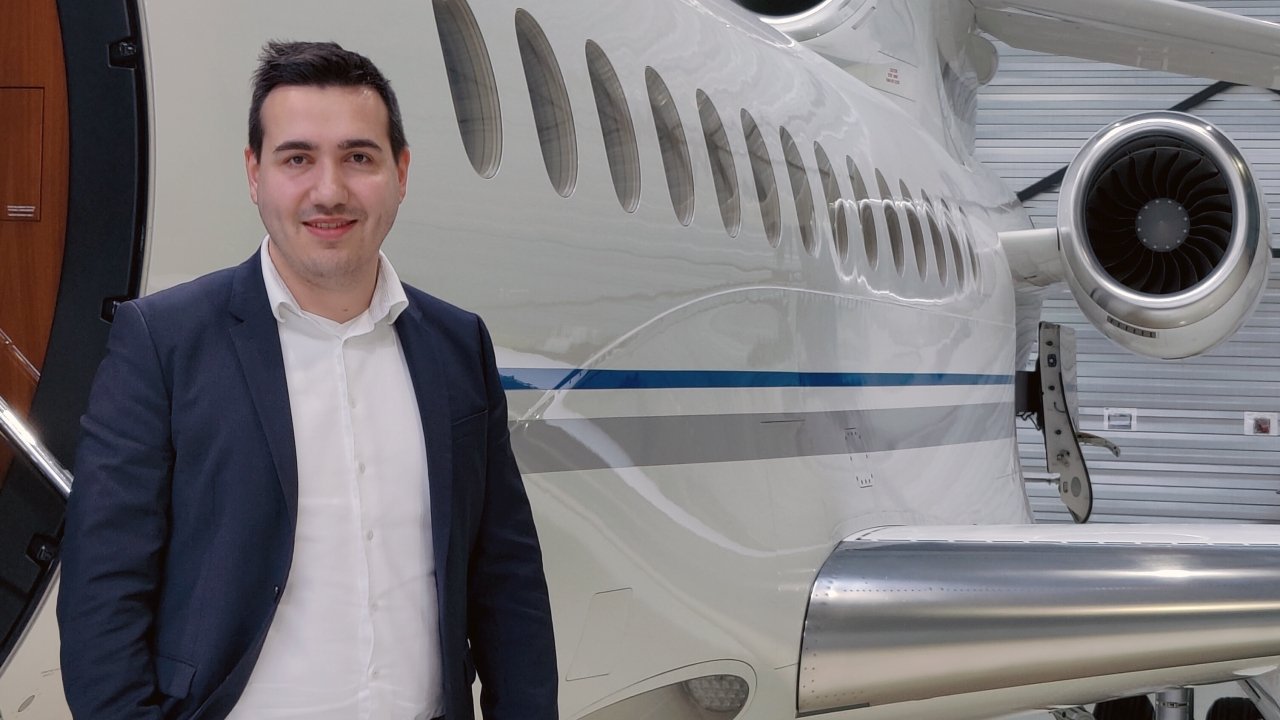New deal as air ambulance centre goes from strength to strength
Jon Lake looks at the progress of the Jordan Air Ambulance Centre (JAAC).

In April 2016, MenaITech, a Jordanian computer company, announced that it had signed a partnership and sponsorship agreement with the Jordan Air Ambulance Centre (JAAC).
Under the deal, MenaITech will cover the cost of transporting some underprivileged patients from remote areas to hospitals in Amman.
Helicopter emergency medical services (HEMS) are critically important in Jordan, where fast ground transportation is limited by distances and by the state of the road network, and where many outlying settlements lack hospitals with specialist facilities. Transferring emergency cases to hospital by helicopter can cut travel times dramatically – from four hours to one when moving patients from the far south of Jordan to hospitals in Amman, for example.
Helicopters allow more patients, from a larger area, to receive medical treatment within the so-called golden hour – something that significantly improves survival prospects.
The Jordan Air Ambulance Centre (JAAC) was launched about two years ago as part of a royal initiative to provide specialised aeromedical evacuation and air ambulance services to transport patients from remote areas to hospitals in Amman.
The initiative reflected King Abdullah II’s commitment to upgrading the services extended to his subjects, and also reflects the long-standing air-mindedness of the Hashemite dynasty.
A keen pilot, like his father, the late King Hussein, Abdullah II bin Al-Hussein is a qualified helicopter pilot, having been trained to fly AH-1 Cobra attack helicopters during his military service.
The JAAC’s helicopters land at all of Jordan’s 45 heliports and then deliver patients to those specialised hospitals in Amman that have a helipad. The Jordan Air Ambulance Centre will also provide medical evacuation from neighbouring countries, including the northern part of Saudi Arabia and Palestine. The centre also provides specialised rescue services.
The centre has signed contracts with parties wishing to benefit from its services, including insurance companies, private hospitals, and international commissions. By charging fees for its services, the centre can cover its expenses and pay employees’ salaries.
The establishment of the JAAC was designed to help boost the competitiveness of Jordan’s health sector and facilitate medical tourism, a key source of national income.
JAAC is equipped with a pair of AgustaWestland AW139 helicopters fitted with state-of-the-art medical equipment. The helicopters were equipped for their new role by Austria’s Air Ambulance Technology, and carry heart monitoring equipment and defibrillators, as well as respirators and oxygen monitoring equipment.
Donated to JAAC by the king, the two aircraft are capable of providing intensive care unit (ICU) standards of medical care.
JAAC employs 42 personnel, including six pilots (most of them ex Jordanian Air Force) and eight paramedics, who have trained in the US. Two pilots fly the AW139s with two paramedics, or one paramedic with a doctor.
Though presently based at Marka Airport in Amman, JAAC also plans to open a second base at Aqab’s King Hussein International Airport, and the two AW139s will also be deployed to the southern and eastern regions of the kingdom in order to improve emergency response times. JAAC has an unfunded requirement for a third AW139.
Though it presently operates only two helicopters, JAAC already has the infrastructure characteristic of a much larger HEMS operation, with a fully integrated headquarters, and well-equipped operations rooms. The centre has already formulated standards for helipad construction and has distributed these to hospitals.
The JAAC board of directors was founded in 2014 and it held its first formal meeting in January 2015, chaired by Prime Minister Abdullah Ensour. It appointed retired Brigadier General, Mohammad Btoush, as director general of the centre.
Key stakeholders include the Royal Jordanian Air Force, the Royal Medical Services, the Health Ministry, the Private Hospitals Association (PHA) and the Civil Defence Department.
King Abdullah launched the Air Ambulance Centre on Thursday August 20 2015 and, on October 4, one of the unit’s helicopters flew its first mission, transporting a Russian tourist from the southern city of Aqaba to Amman. The patient was suffering very high arterial pressure due to a cerebral haemorrhage and needed an advanced operation that was not available in Aqaba’s hospitals.
JAAC has achieved a response time of 15 minutes from callout, and is expected to handle some 250 medical evacuations during the course of its first year, with demand rising to about 400 a year by 2020.
Stay up to date
Subscribe to the free Times Aerospace newsletter and receive the latest content every week. We'll never share your email address.

